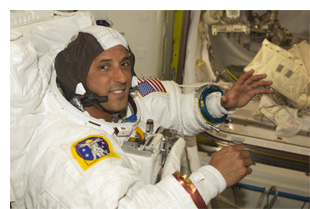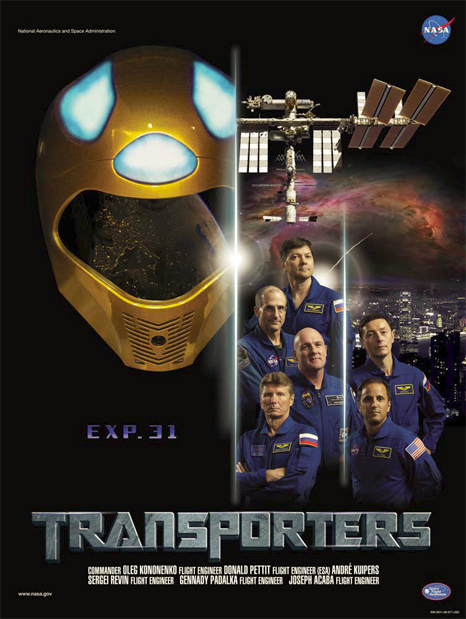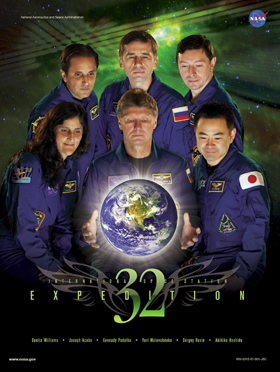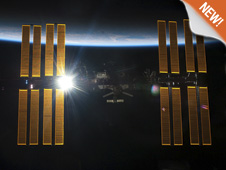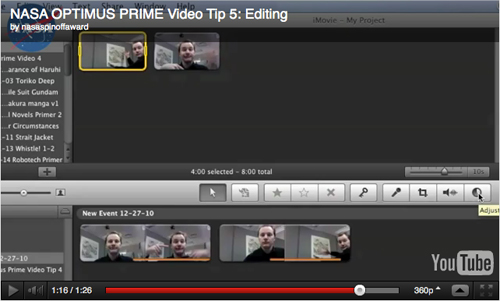I could go on and on praising the International Space Station. You will probably recognize that when you see our newest DIY Podcast module — Space Station.
Selecting photos for the image page was like deciding which of your family’s pictures to use in the photo album — you know they’re all cute. Well, maybe it’s not that bad, but I had some tough decisions to make when it came to excluding pictures and videos. They’re all good.
I probably said this about the last module, but I’m excited about this one. The videos are informative and fun. The possibilities are nearly endless when it comes to ways for students to use the video, audio and images to create a podcast episode. The station is real-world science; it’s off the planet; and things float there. Exciting!
This module has video and audio clip interviews from two experts. Camille Alleyne is the assistant program scientist for the International Space Station. Mike Fincke currently holds the NASA record for most time in orbit.
One of the many perks of my job is interviewing experts. I wanted to ask Ms. Alleyne questions all day. The more I listened the more impressed I was about the science taking place on the station. We have a lot of good things going on up there that are benefitting the world. I think I love the space station.
Interviewing Colonel Fincke was just plain fun. You’ll see what I mean when you watch the clips. Fincke gives us the perspective only someone who has lived on the station could.
We also have footage of astronaut Garrett Reisman giving a tour of the space station in 2008. This was before the station was finished, but you’ll get a glimpse of life aboard the station.
We also have extra footage of the station. And because there is so much to learn about the station, we have added an extra page of links that students can use for more research.
Beware of station overload!
DIY Podcast: Space Station
DIY Podcast Home
Note: If you leave a comment, please do not include a link to your blog or other websites. We typically won’t be able to approve your comment if you add a URL.
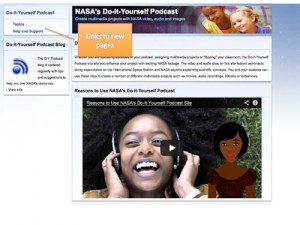 The left side of the page has a new navigation menu that includes links to two new pages within the site: Topics, and Help and Support.
The left side of the page has a new navigation menu that includes links to two new pages within the site: Topics, and Help and Support.
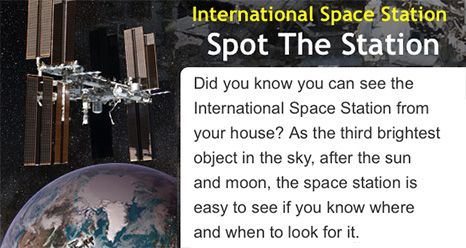 But what if you don’t have either?
But what if you don’t have either?